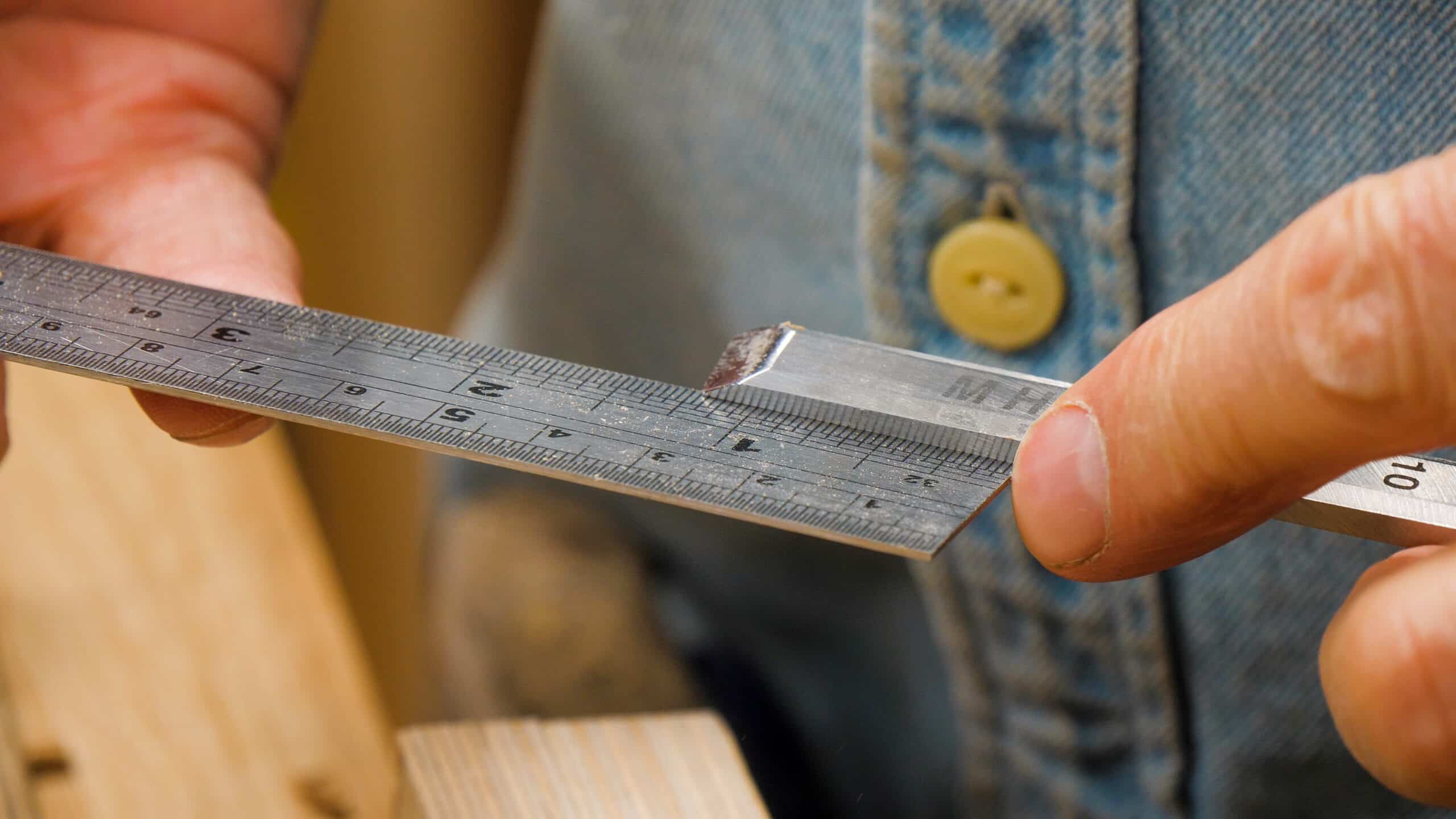Sellers Home Dining Chairs: Episode 2
Posted 13 April 2022
This is an episode in a paid series. Want to watch it? You just need to sign up as a paid member, and you can enjoy this video and many other videos we think you will love.
Paul begins his project by taking rough-cut boards and reducing them to near size, in preparation for planing foursquare and twist-free. Apart from ripping and some crosscutting, much of his work is with handsaws and hand planes, using winding sticks for twist-free components. So tricks of the trade make all the difference. As we work through this episode, you will see Paul use many trade methods he learned in his apprenticeship. He walks through the processes of laying out to ensure the levels of accuracy we need, making use of the ever important, minimalised measuring to knifewalls and the tried and true mortise and tenon joinery we conclude with.


Has Paul shown us how to fettle a gauge, especially how to shape and sharpen the marking points? If so, where?
https://youtu.be/2P4PhF-poJY
Point sharpening at 1:45:00
Thanks, Larry. I sharpened my gauge recently and now it wants to follow the grain. I’ve got the shape wrong after sharpening. I’ll look at that video. After posting, I found some info in his book, too.
A quick question please – why did Paul use a different marking gauge for the tenon and mortice? He normally uses the same one for both. It wasn’t explained in the video.
Thanks
The materials for a face frame are of equal thickness, so you can use the same gauge to mark the tenons and mortises. In fact, using one gauge ensures consistency. In this piece, the legs and rail have different thicknesses, so even though the tenon and mortise have the same thickness, they lie at different distances from the faces of the members they are cut in. This forces you to either use two gauges or change the setting of one gauge if you only have one. It looks like that is what is happening here. I can’t imagine having just one gauge, though, yet spending the money required for materials for the chair.
Probably because he has more than one gauge.
They are relatively inexpensive and many of us keep a few to hand because, if we have a piece of work in progress with a few different mortise sizes. Dedicated gauges prevents size discrepancies creeping in when we keep altering and re-setting the settings on the same gauge.
In my case I use mortise gauges, as many as needed, with screw settings that can be firmly locked in place, unaltered for the duration of the job, as each one is different it’s separately identified.
I’ve never seen a separate ‘Rod’ (or ‘Story-Board’ as it’s sometimes called) used on this site, but it’s a traditional and fool-proof way of recording and standardizing principal measurements and settings on a separate scrap of wood. Marking lines and pin settings can be set and re-used directly from the Rod for the duration of the piece. It is a method that eliminates minute variations that can creep into a piece through repeated measurements.
I’ve seen some very old antique pieces of furniture where the measuring Rod has been used in the piece by the maker when it’s done it’s job.
Good luck…..
What is Paul using as a scrub plane?
Paul is going between a No. 78 stanley- rebate (rabbett) plane which is a heavier duty plane and takes off more and a converted Stanley number 4.
There are some alternative Stanley rebate planes that would work just as well as a #78 (they use the same iron and lever cap as a #78).
The #180 and #190 rebate planes have no fence and no forward bullnose opening, which is probably better as a scrub plane. The bonus is I often see them in thrift stores for under $20, since few people even know what to do with them.
The #190W is the weather strip version of these planes and also come cheap if the weatherstripping bits are missing.
All of these would be perfect for conversion to scrub plane use.